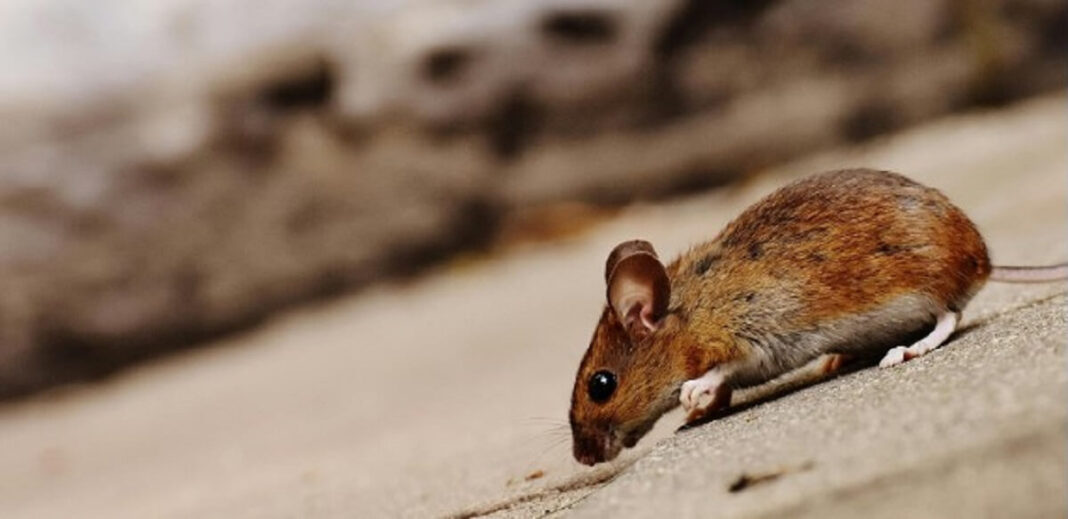Pest infestations can cause significant damage if not detected early. Often, homeowners miss subtle signs that indicate an invasion. By understanding these hidden clues, you can prevent extensive damage and maintain a safe environment.
As a homeowner, you’re likely aware of the common signs of pests such as visible droppings or damaged wood. However, many people overlook the subtle indicators that could suggest an infestation is underway. It’s crucial to recognize these signs early to prevent potential damage and safeguard your home from unwanted intruders. In this article, we delve into these often-missed clues, exploring everything from unusual odors to mysterious droppings. With more information here, you’ll gain valuable insights into when professional intervention is necessary.
Recognizing unusual smells in your home
One of the most overlooked indicators of a pest infestation is a change in the usual odors within your home. Many pests emit distinctive smells that could be mistaken for other household scents. Rodents, for instance, often leave behind a musty odor reminiscent of ammonia due to their urine. Meanwhile, cockroaches can emit an oily scent that might remind you of soy sauce or something musty. Recognizing these unusual odors as potential red flags can help you act before visible signs appear.
It’s important to differentiate between odors that might be due to pests and those resulting from everyday activities or environmental factors. A persistent smell that lingers despite cleaning efforts should prompt further investigation. Often, such smells intensify over time as the infestation grows, becoming more apparent in enclosed spaces like basements or attics. By staying vigilant about unusual odors, you enhance your ability to detect infestations early.
Understanding the specific odors associated with different pests can also aid in identifying the type of infestation you may be dealing with. For example, bed bugs often produce a sweet yet musty odor due to the pheromones they release. Learning to recognize these specific scents not only aids in early detection but also helps in determining the appropriate course of action for pest control.
Mysterious droppings and their implications
Discovering droppings around your home is another sign that might indicate an infestation problem. While it’s common knowledge that pests leave behind droppings, distinguishing between different types can be challenging yet essential for accurate identification. Rodent droppings are typically small and pellet-like, whereas cockroach droppings resemble coffee grounds or black pepper flakes.
The location and frequency of droppings can also provide clues about the severity and type of infestation you’re facing. Frequent sightings in kitchens or food storage areas suggest active pest presence, demanding immediate attention. Moreover, the size and shape of these droppings can reveal which type of pest has invaded your space, aiding in tailoring the right control measures.
Regularly inspecting less-frequented areas like basements, attics, and garages can help identify droppings you might otherwise overlook. Mysterious droppings found in such places should never be ignored as they might indicate nests or breeding grounds nearby. Taking swift action upon discovering these clues can prevent further spread and reduce potential health risks associated with pest infestations.
The importance of professional evaluation
While recognizing subtle signs is vital for early detection, involving professionals ensures comprehensive pest management. Professionals have the tools and knowledge required to accurately identify the extent and nature of an infestation. They can distinguish between false alarms and genuine threats, offering solutions tailored to your specific situation.
Professional evaluations often reveal hidden issues invisible to the untrained eye. For instance, they might uncover structural vulnerabilities exploited by pests or identify obscure nesting sites within walls or beneath floors. Such insights are crucial for implementing long-term preventive measures beyond immediate extermination efforts.
The peace of mind that comes with expert intervention is invaluable when dealing with potentially harmful pests in your home. Professionals not only address current infestations but also provide guidance on preventing future occurrences by sealing entry points and recommending lifestyle adjustments conducive to a pest-free environment.
Timely responses and proactive measures
Timely responses are key to minimizing damage caused by pest invasions. Upon noticing signs such as unusual smells or mysterious droppings, acting swiftly can prevent minor issues from escalating into major problems. Quick action often involves combining DIY measures with professional services for thorough eradication.
Proactive measures play an equally important role in maintaining a pest-free home environment over time. Regular inspections and maintenance routines help identify potential problems before they develop into full-blown infestations. This approach not only saves money on extensive treatments but also protects your home’s structural integrity.
Educating yourself about common pests prevalent in your area helps tailor preventive strategies effectively. Knowing their habits and preferred environments allows you to adjust your surroundings accordingly, reducing attractiveness to potential invaders while maintaining a comfortable living space for you and your family.


